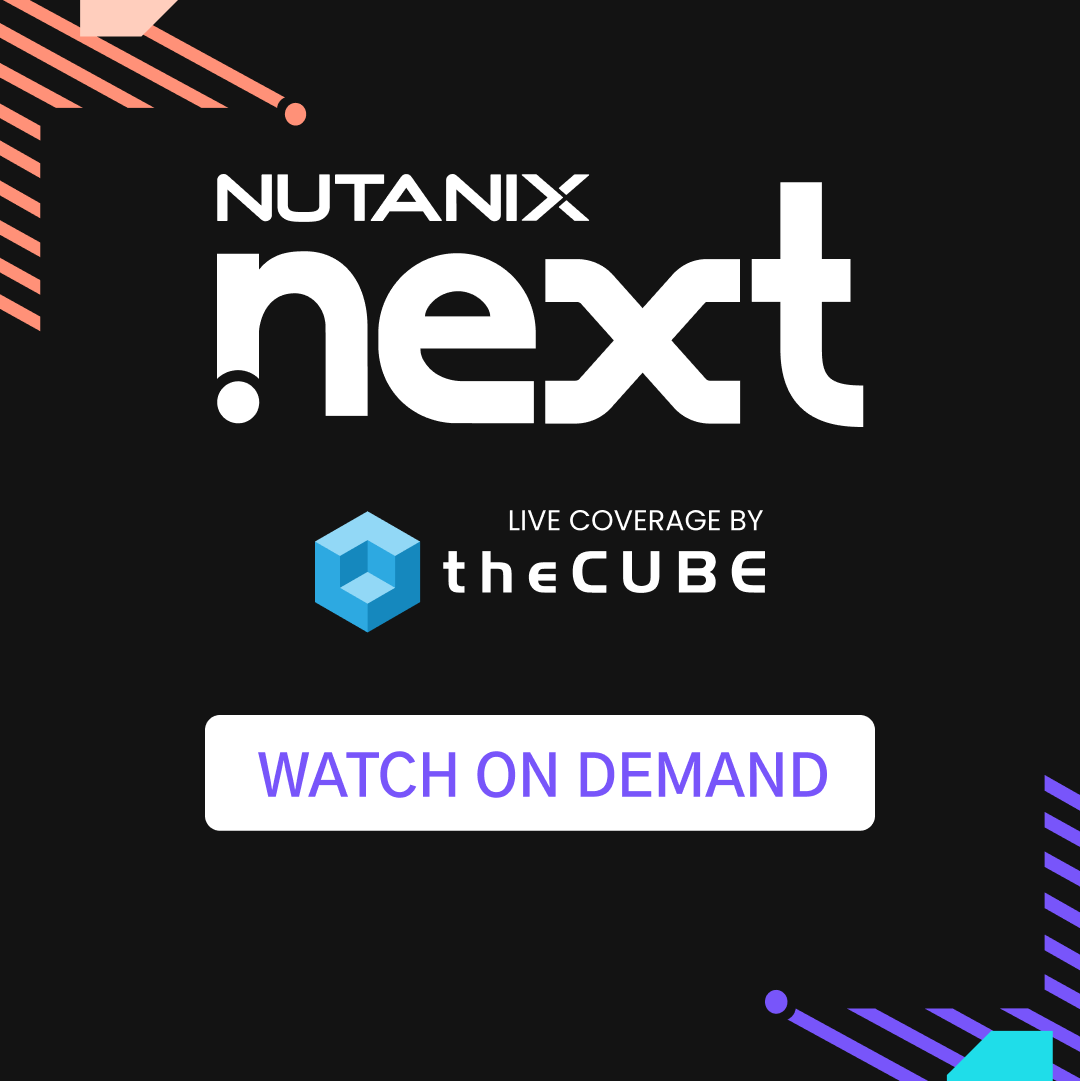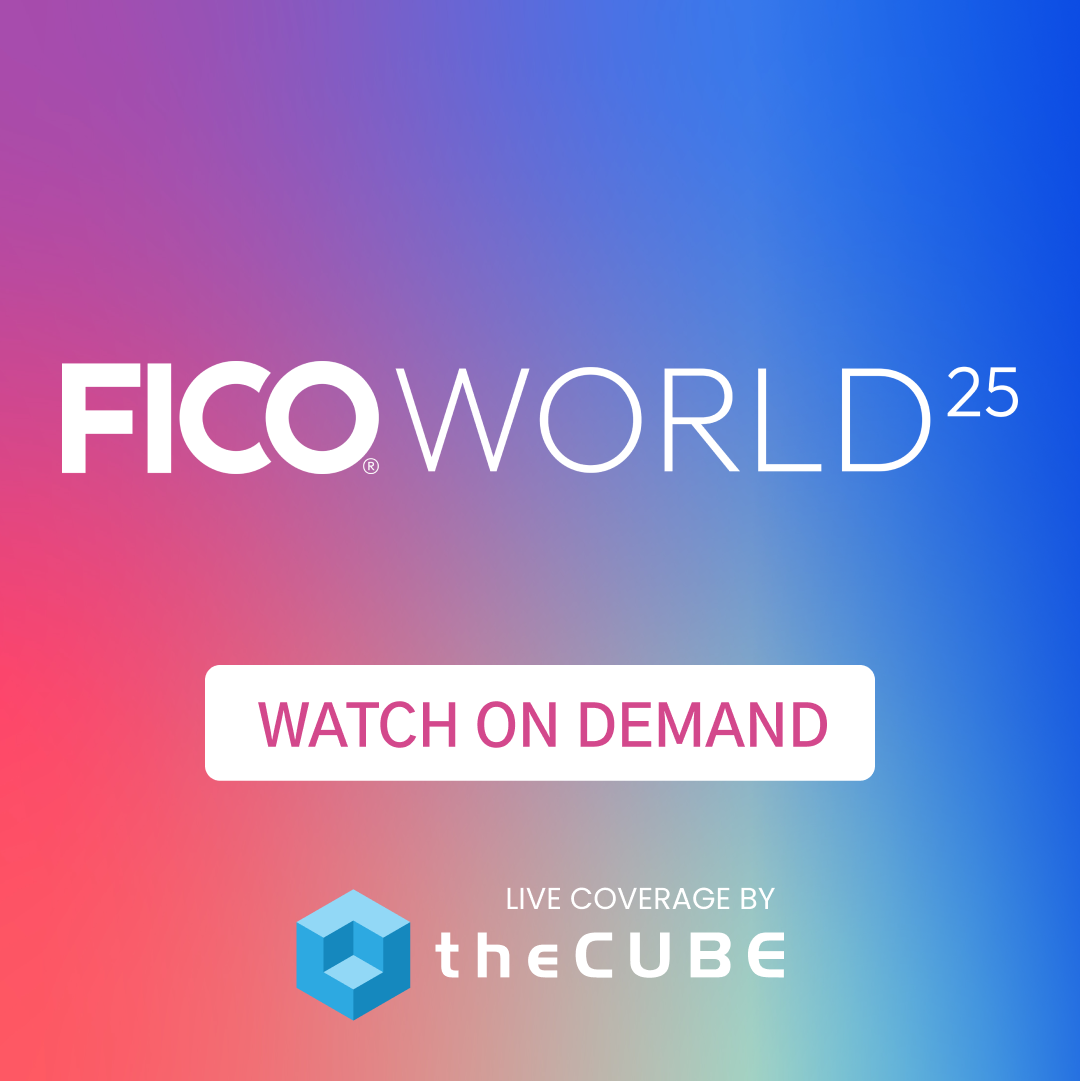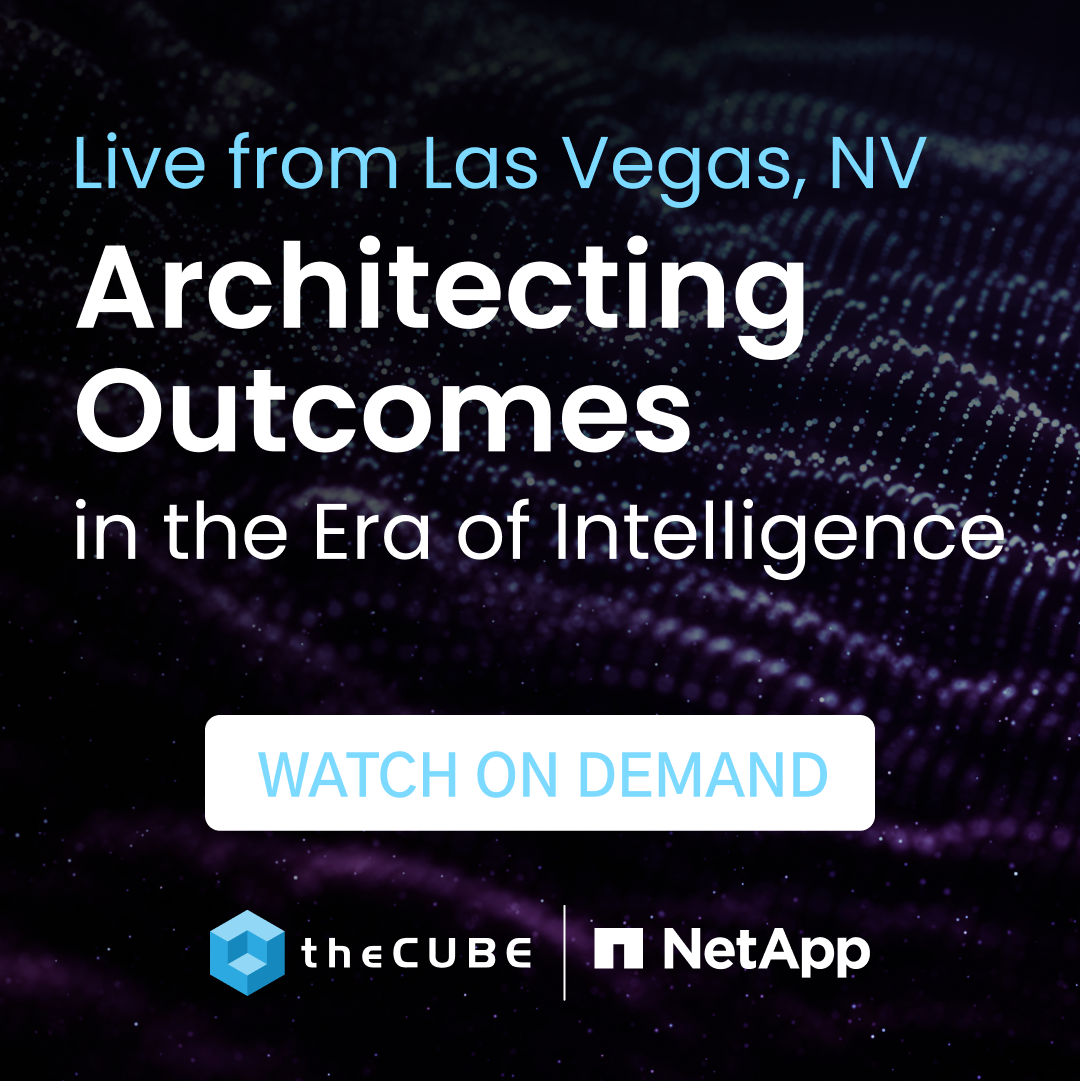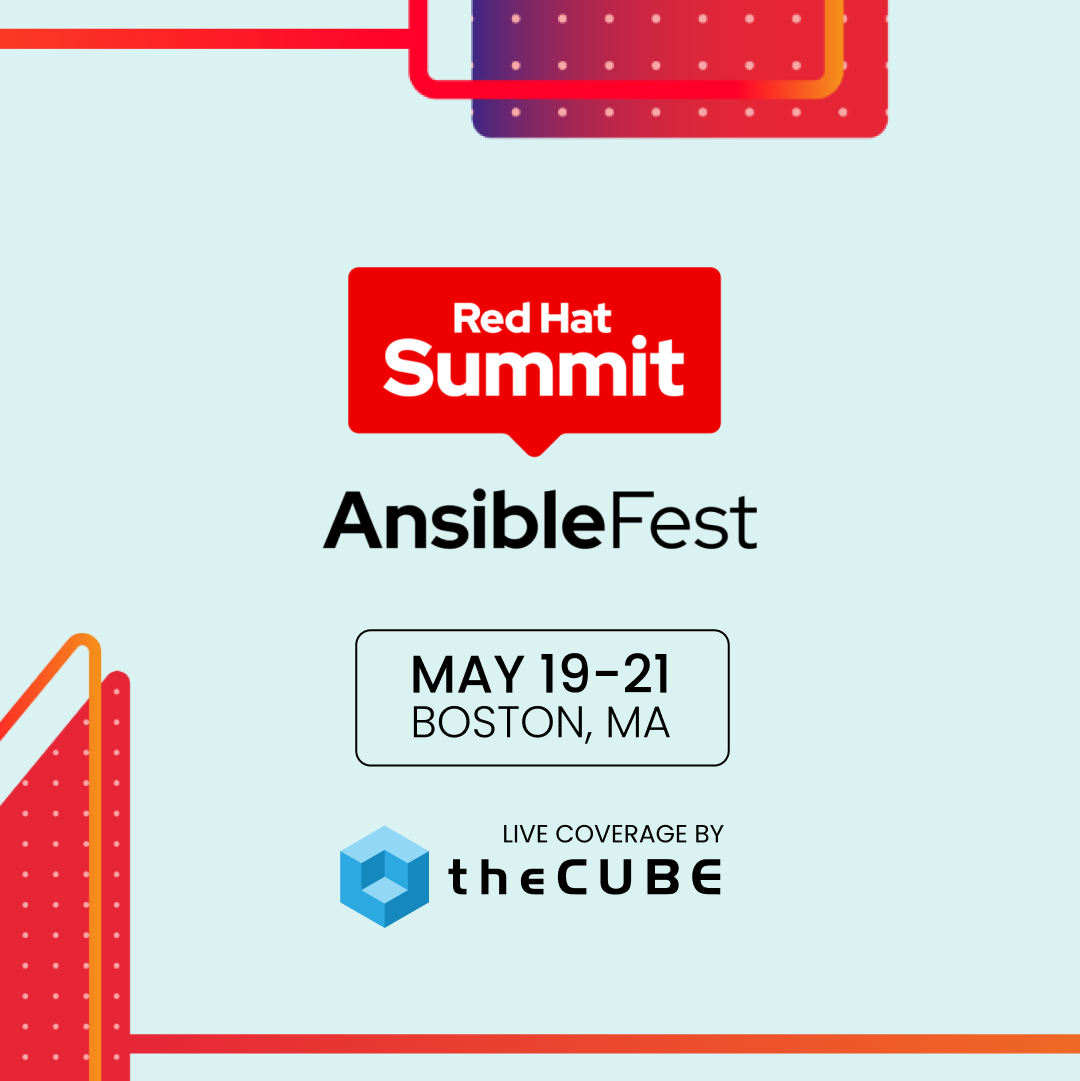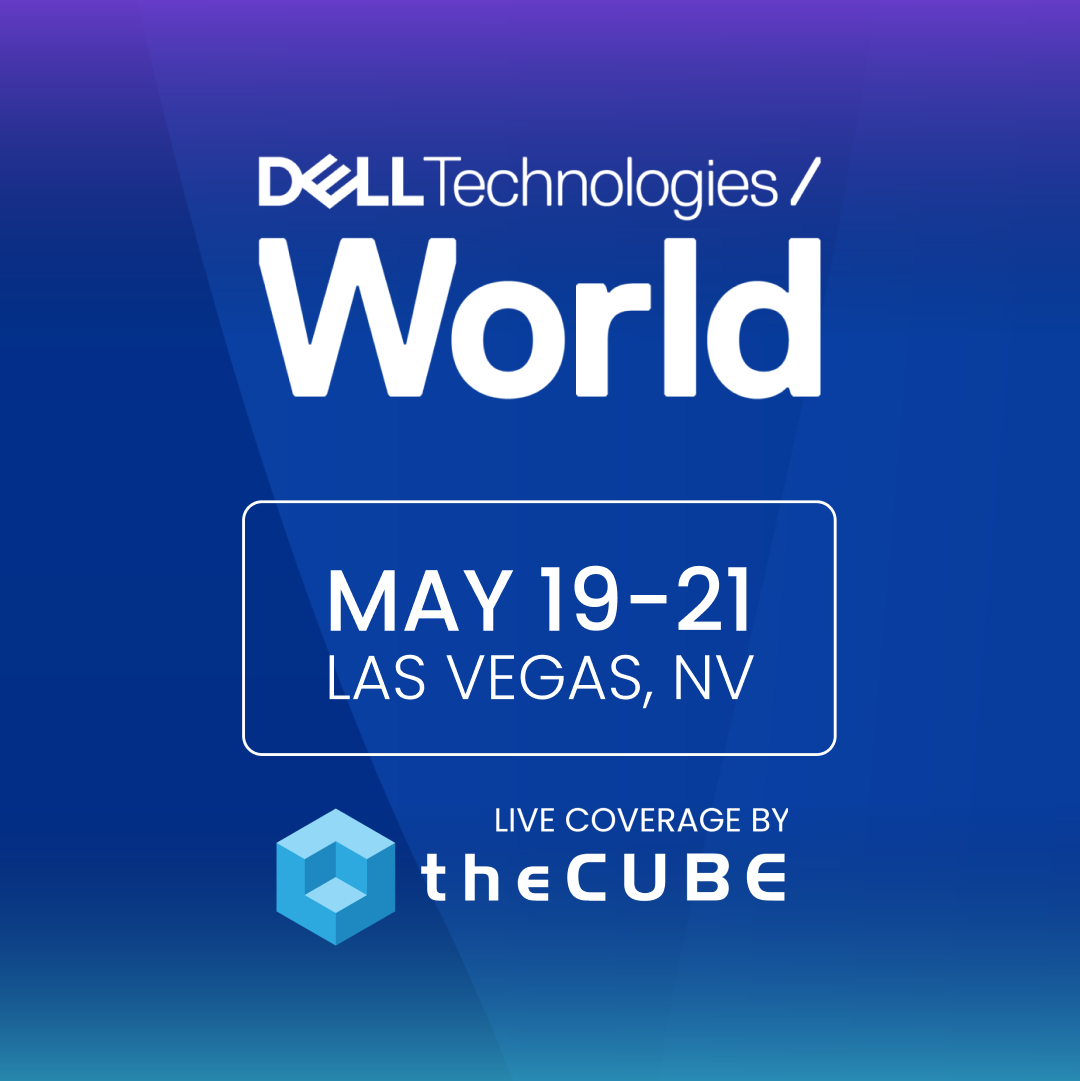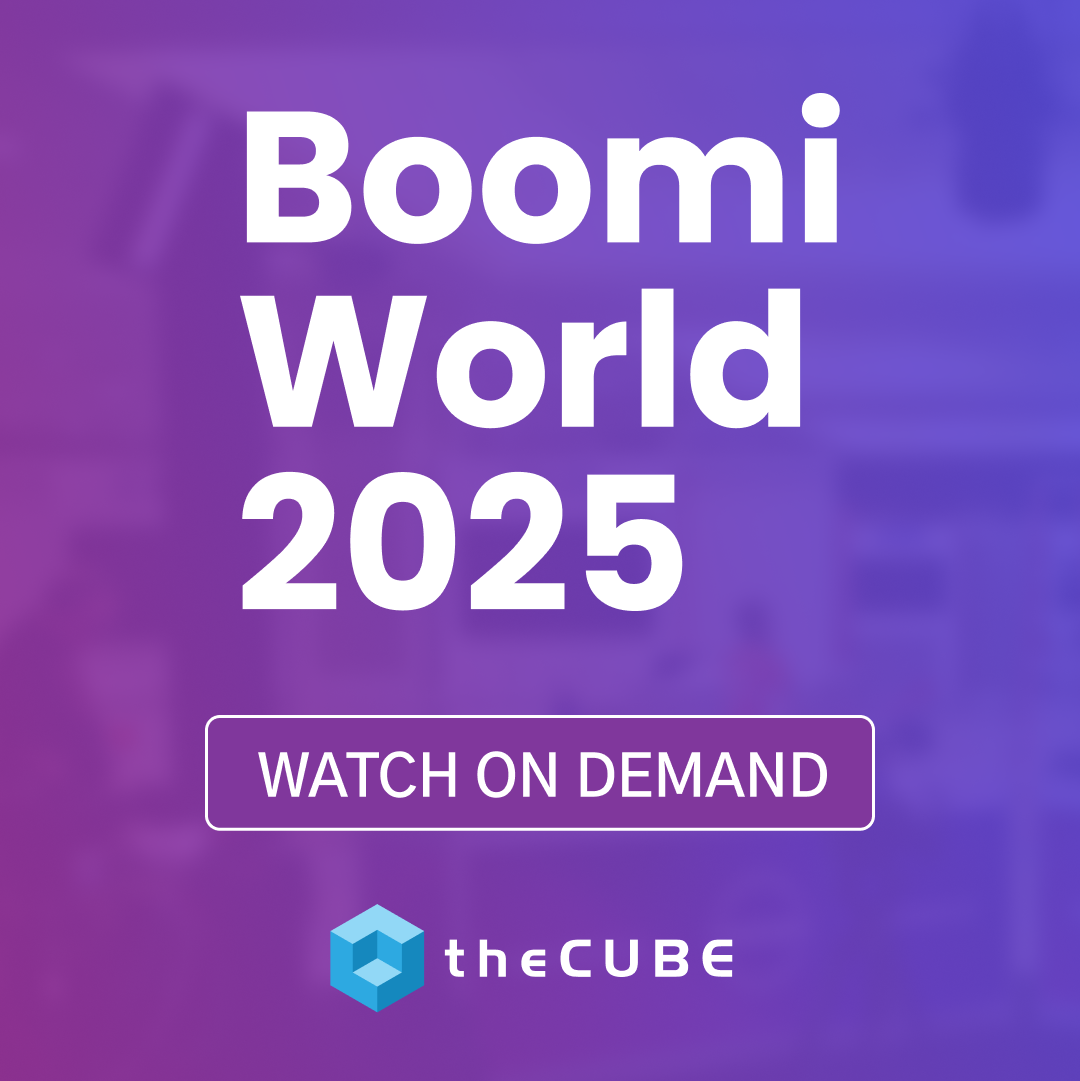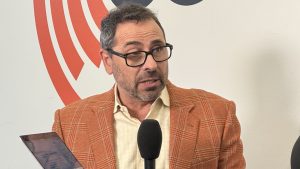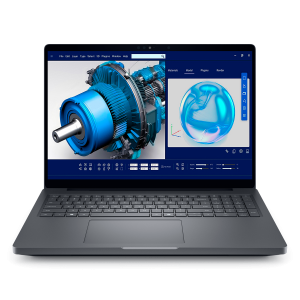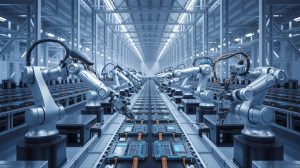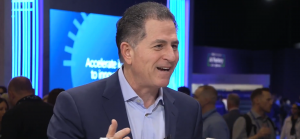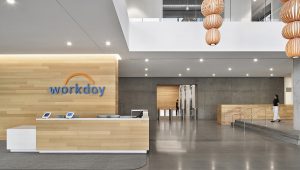Hype-Free Zone : Analyst David Floyer Breaks Down OpenStack Summit 2013
![]() We had David Floyer, CTO and Co-Founder of Wikibon stop by two separate times with theCUBE co-hosts John Furrier and Jeff Frick yesterday at #OpenStack Summit 2013. The guys mainly asked Floyer to discuss the Analyst Day at #OpenStack Summit 2013, and give his experienced opinion on the current state and future of open source, specifically OpenStack is.
We had David Floyer, CTO and Co-Founder of Wikibon stop by two separate times with theCUBE co-hosts John Furrier and Jeff Frick yesterday at #OpenStack Summit 2013. The guys mainly asked Floyer to discuss the Analyst Day at #OpenStack Summit 2013, and give his experienced opinion on the current state and future of open source, specifically OpenStack is.
During the analyst meetings there were two takeaways he mentioned: avoiding vendor lockout, and putting application services into the cloud. #OpenStack is founded on these two principles, amongst others.
Another takeaway for the entire #OpenStack Summit (so far) that was coined by Floyer, is that its been a vendor hype-free zone. Floyer notes that the first slide of the analyst meeting basically said: here are the principles, here is who is using it — and then they got right into the meat and potatoes. While there has been some PR and marketing, as Furrier likes to say, “there is a lot of meat on the bone” here at #OpenStack. I cannot overstate this enough: this conference has been more focused on production and moving the ball forward than any conference I’ve covered. Some 3,000+ doers, opposed to what can sometimes be the typical ‘conference crasher’.
Key takeaways
.
Let’s run down the list of Floyer’s thoughts about the event’s Analyst Meetings, #OpenStack, open source…a general catch-net of key thoughts you should pay attention to:
- The endpoint of open source and the cloud needs to be defined first. Mammoth forces are going into this industry right now.
- There is a new style of user application emerging
- Economy of scale in the cloud will be reached as the contributors continue to innovate
- Faster pace of innovation (now every 3-6 months, as opposed to the Microsoft days of 2-3 years)
- Two driving forces: 1) Lower cost infrastructures and databases 2) latency
- New applications are far more valueable to end users
- Code the system to the workflow required, instead of having to follow the lead of the workflow
- Solidfy the automation and orchestration of the cloud as Enterprise solutions ready
- True innovation is happening in the cloud, new ways every day of designing applications
Best Buy’s best case
Floyer did share one example from the analyst meetings, detailing how Best Buy is utilizing #OpenStack. Best Buy is one of the largest retailers in the world. It often sees a huge peak on Thanksgiving Day every year, 7x its average day. Problem: it needed a solution that was elastic. Best Buy needed to build architectures that were more intuitive for the end users. Not only has Best achieved this, but it committed that code and roll outs into #OpenStack. The outcome of its work? Traditionally it takes them 30 seconds to fully load a page — pages now render in 2.5 seconds.
On outages
Another noteworthy point made by Floyer touches on planned and unplanned outages. He summarizes, and Furrier and Frick agreed, that outages are going to happen. You need to build it (outages) into the structure he says, design criteria (assume it’s going to go down) and build in extra resources to be available. As mentioned in the bullet points above, another point of architecture that has to be rethought is rolling changes — what once took two years now takes three months.
Before he left, Furrier asked Floyer just how much impact will DevOps and infrastructure as code have on service providers. “Impact on current applications, little at all. Change like this doesn’t happen in one to two years, you’re looking at more five, maybe 10 years.” But he goes on to say that there are a lot of questions to ask: what do you do about legacy applications? How much will the hybrid cloud contribute to these changes? Not to mention, those traditional services you covet will need to me moved.
Who is best positioned for the new era of software world according to Floyer? Amazon sure seems to be. VMware has a lot to loose. And Rackspace is charging awfully hard.
A message from John Furrier, co-founder of SiliconANGLE:
Your vote of support is important to us and it helps us keep the content FREE.
One click below supports our mission to provide free, deep, and relevant content.
Join our community on YouTube
Join the community that includes more than 15,000 #CubeAlumni experts, including Amazon.com CEO Andy Jassy, Dell Technologies founder and CEO Michael Dell, Intel CEO Pat Gelsinger, and many more luminaries and experts.
THANK YOU

